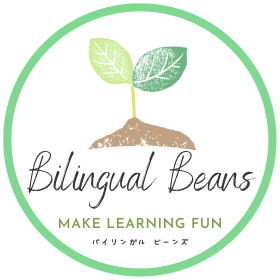Rhyme is commonly acknowledged as a vital approach to support child language development in English, and using rhythm and sound patterns in Japanese can enhance a child’s phonological recognition and knowledge. When rhyme and rhythm are used with picture books that include text, it further supports building a child’s literacy foundation through phonemic and visual effects. This multi-sensory approach stimulates cognitive domains such as phonological awareness, visual imagery, and language processing, contributing to the development of phonemic, letter, and vocabulary knowledge, as well as contextual reading. It also provides a joyful and meaningful learning environment for children while enhancing memory and retention.
